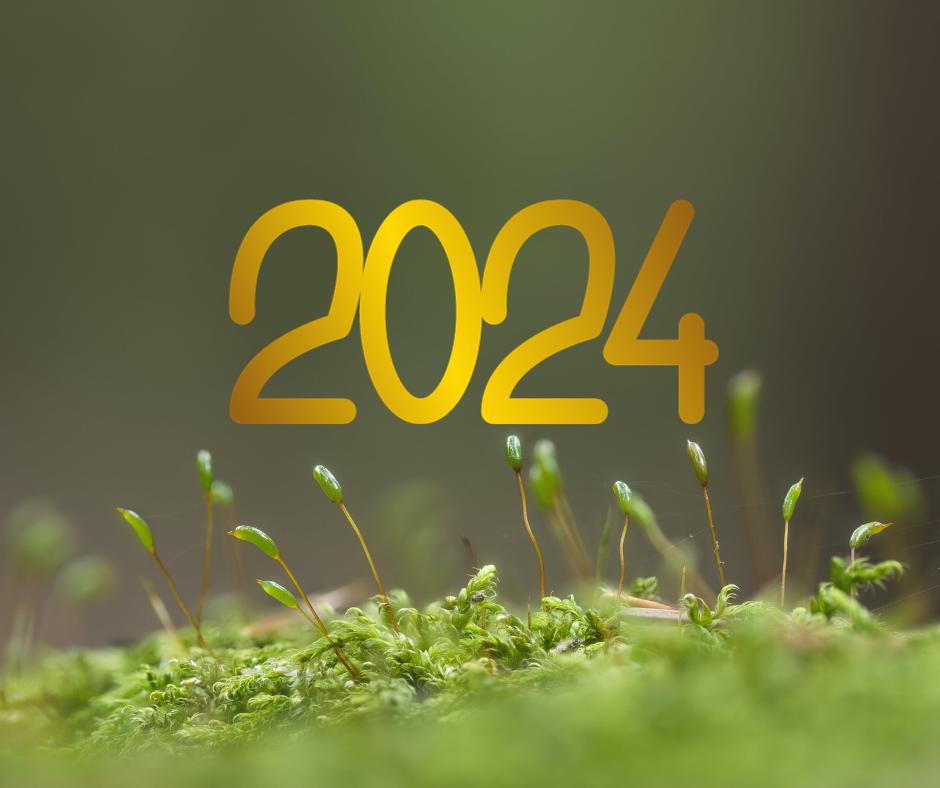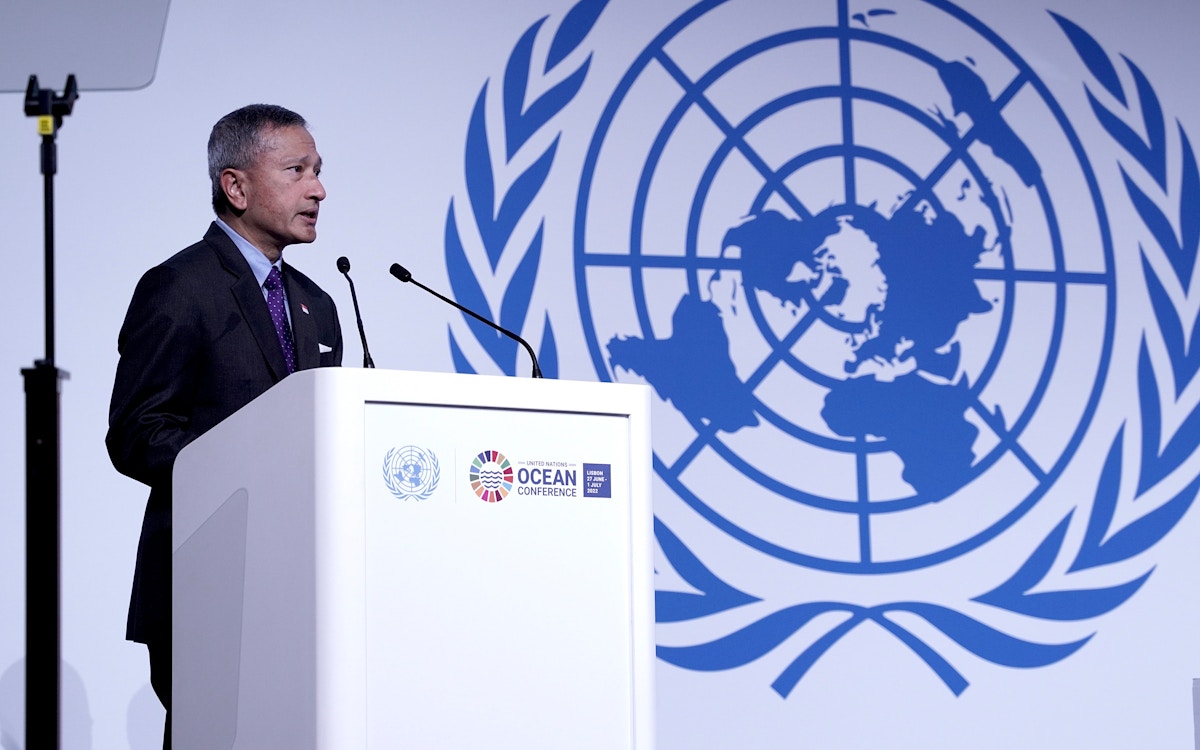
1. Get more sustainable choices when you travel
You can now find relevant train routes when you search for flights in Google Search making it easier to consider options like high-speed rail when you travel. When you choose to fly, you can also find a carbon emissions estimate for nearly every flight in Google Flights results — right next to the price and duration of the trip. This means that when you’re choosing among flights of similar cost or timing, you can also factor carbon emissions into your decision.
2. Take a more fuel-efficient route
People are looking for information about how to reduce their environmental footprint when in transit. That’s why we continue expanding fuel-efficient routes to new countries, like India and Indonesia. You can find these routes by looking for the little green leaf in Google Maps – it indicates the most fuel efficient route if it isn’t already the fastest.
3. Understand your car-buying choices
For people shopping for an electric vehicle, it’s now even easier to understand the costs associated with buying a new vehicle. In the U.S., when people search for terms like “best electric cars,” they can quickly compare prices, battery range, charging times, and power output of individual models. They can also find federal government incentives for qualifying vehicles in the U.S and parts of Europe.
4. Use our Fuel Cost Calculator to find the most affordable options
If you’re considering buying an EV or if you’ve had an EV for a while, it’s helpful to understand the cost of charging. That’s why we’re adding an updated Fuel Cost Calculator to electric and fuel-based car results to help drivers see the cost of charging compared with filling up at the pump. This is available now in 21 countries around the world.
5. Mitigate EV range anxiety with Battery Range Explorer
When you search for an EV, you’ll get a visualization of how far you can go on a single charge—specific to that model. You can enter your own destination and we’ll show how much battery you’d have upon arrival. And, for really long trips, we’ll show you how many charges are needed along the way. This prediction takes into account factors like elevation change and speed limits.
6. Find more detailed charging information
Finding EV charging stations has never been easier. If you search ‘EV charging’ in Google Maps, you’ll see nearby stations and information about when a charger was last used so you can get a sense of how reliable it is.
7. Locate speedy charging options
EV drivers on Android and iOS can also see even more helpful charging station information. Update your plug types in your electric vehicle settings in Maps to see whether a charger is compatible with your vehicle, real-time charging availability, and if the available chargers are fast, medium or slow.
8. Compare home heating and cooling systems
We’re making it easier for people looking to replace their home heating or cooling system. When you search for queries like “boilers” or “air conditioning” in Google Search, you’ll see information about potential options, including their capabilities, energy efficiency, and financial incentives, all in one place.
9. Find nearby recycling points
We provide a group of recycling attributes for Google Business Profiles on Search and Maps, allowing local storefronts and shops to show the recycling services they offer and helping people share this information with others in their community. Now you can search for nearby recycling drop-off locations — through searches like “plastic bottle recycling near me” — all over the world.
10. Buy used clothes and products
When you search for products on Google, like a winter coat, you’ll see a grid in the organic results with photos and listings from retailers across the web. If any of those products are pre-owned, you’ll see a “Pre-owned” label under that listing. There’s also a similar label for “Refurbished” electronics.
Source Google Blog


